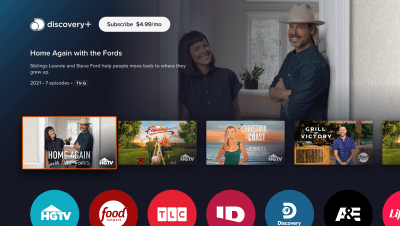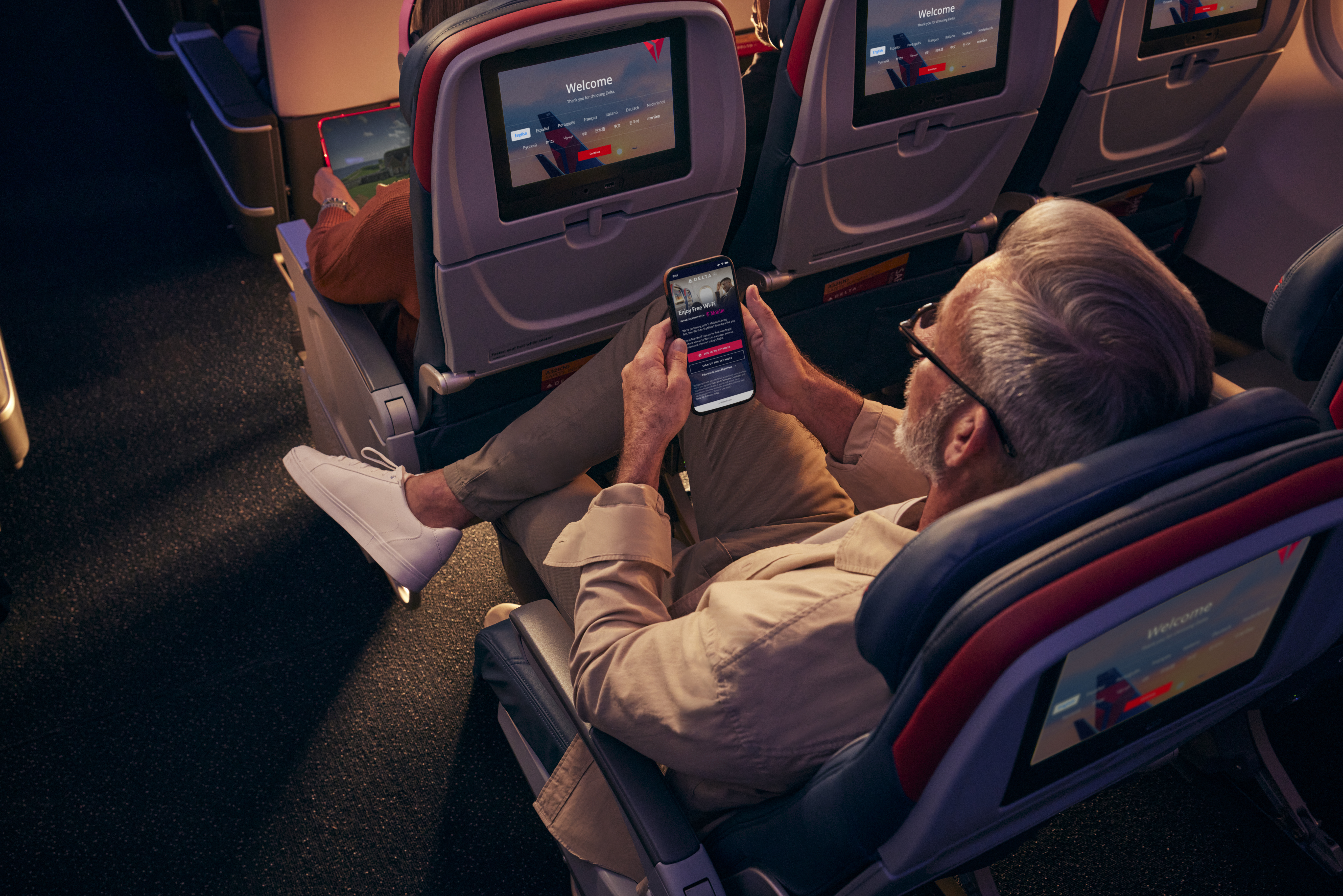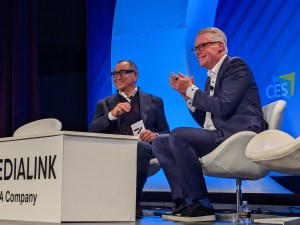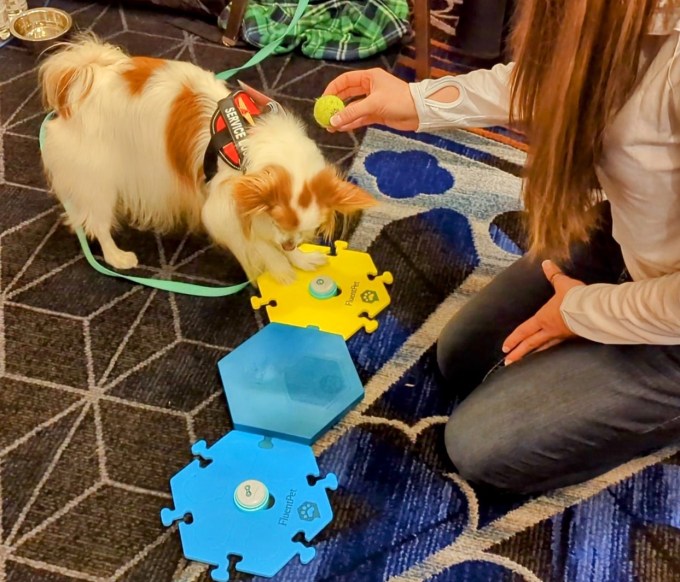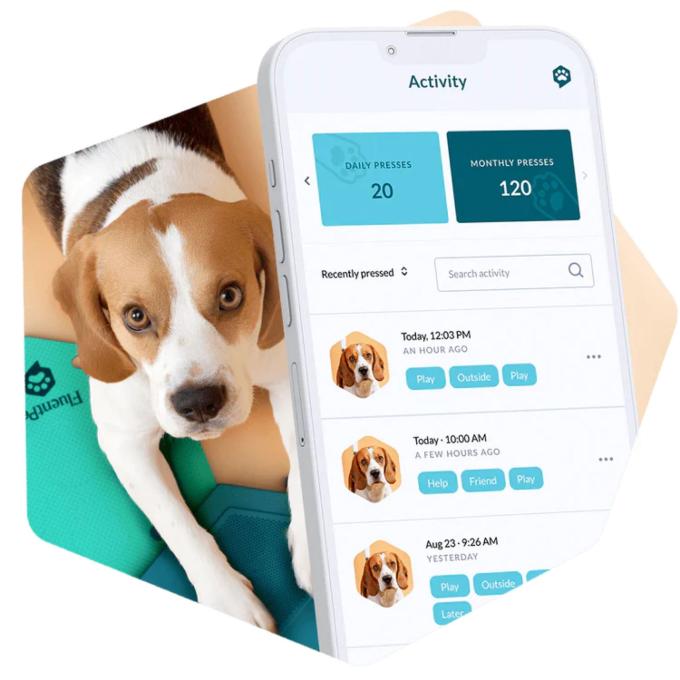Amazon made headlines this month when the company began to work through its long-rumored 18,000 job cuts. Going, too, are a number of products and strategies as the company right-sizes for the current state of the economy, the market’s attitude to tech stocks and the current landscape as dictated by its competitors and would-be rivals.
One thing that looks like it’s here to stay, though, is the Alexa Fund, the company’s venture fund founded back in 2015 and used to back companies in spaces that are strategically interesting to Amazon itself.
Initially covering products and services leveraging its namesake, the interactive voice platform that was launched not long before the fund itself, the Alexa Fund has over the years expanded to cover other areas of AI, connected home, health, media services and more — as limitless, potentially, as Amazon itself sometimes seems to be.
Amazon is famously murky when it comes to disclosing discretionary metrics that speak to its size. That’s the case here, too, as it declines to comment on how much it has invested in aggregate through the Alexa Fund, nor anything like AUM (assets under management, or the total valuation of startups in its portfolio).
As a general marker, it has invested at least $200 million, based on an initial injection of $100 million and a further commitment of $100 million two years later. A few notable exits from the fund, and its growing scope, may well have meant more was pitched in over time.
“We invest off the balance sheet so it’s an evergreen process,” and Paul Bernard, the longtime Amazon employee and investment lead who first started the fund, in a conversation with TechCrunch. “We’re not constrained by a certain fund size.”
The fund currently lists 93 companies, but the list doesn’t include startups that might have shut down or been acquired. One estimate puts the total figure at 120.
Corporate investing is sitting in an interesting position at the moment in the venture landscape.
Traditional VC funds have tightened, and in many cases drastically slowed down, their investment process — which had become pretty fast and loose in recent, heady years with heavy competition to get into rounds, rocketing valuations, growing audiences for digital services and enough flashy exits to give everyone lots of hope.
Now, there is a much stronger focus on making sure that investments do have a more reasonable shot at returns and that they are fitting current and future market conditions. Those are also under pressure further up the food chain, with limited partners more reluctant to deploy capital, even when it’s already been committed.
All of that calculus hits differently with corporate VCs that may face their own pressures: If the parent company is struggling, or restructuring, or simply rethinking all cost centers with no stone unturned, that could impact the funds it’s willing to commit to betting on what might or might not be coming around the corner.
There is also the big question of what role those corporate investors play between the businesses and the startups. A number of startups over the years have alleged that Amazon picks up intel about what those startups are working on and then launches its own products based on that, to the detriment of the startup in question; and that the Alexa Fund effectively has operated as a Trojan horse in that effort. Amazon has always denied this and suggests that it, like other corporate funds, has long played a role aligning portfolio businesses with strategic interests, sometimes with those investments turning into acquisitions (as in the case of Ring), or partnering to develop new services (as with Ecobee).
Another example of how the fund functions as a middle-man comes in the form of Superplastic, a startup founded by Paul Budnitz that describes itself as an entertainment brand that builds and manages “synthetic artists and influencers.”
“The IP and these characters can manifest across all of our media businesses,” Bernard said of Superplastic. “We’ve got these media verticals, games, music, TV and films, but we don’t have a model for how to work with Superplastic. So we dive in and help figure that out.”
Corporate VCs have their own challenges beyond the role they play with startups, which are around their corporate profile. How responsive should and can the corporate VC funds be to the priority du jour in the C-suite. Do they scramble for the next big AI investment because your rival has inked a massive deal to fund one?
Arguably you could say that Amazon “missed out” on OpenAI, but just as easily you could say that if there is a future in generative AI (still a debatable point, not just among naysayers) we’re just in the early innings.
Being less beholden to a network of limited partners, there is a lot of potential flexibility in a corporate fund like Amazon’s to step out and make investments in areas at a time when others are reducing activity. Case in point: We’ve been hearing that deep tech is going to have an especially hard time of it in the current market climate, being even further from commercialization than so many other areas of tech. It turns out that, according to Bernard, the Alexa Fund’s just invested in a promising deep tech startup alongside another corporate VC.
All the same, it too faces pressures. “I think one of the angles on Ring is that all of our investments need to be good venture investments,” said Bernard. “We need it to be financially viable.”
Putting all this together, it’s an interesting time to catch up with the Alexa Fund. We sat down with Bernard earlier this month, before Amazon officially announced the cuts last week. In light of those, it’s worth watching how the Alexa Fund evolves.
What follows is an edited version of the conversation we had.
Alexa Fund has been around since 2015. Nearly eight years on, how has it evolved?
We were Amazon’s first venture fund. Amazon hadn’t really done organized venture investing at the time so to pitch the Alexa Fund [to promote] the Alexa service, I wrote a proposal. I was part of the corporate development team doing M&A, and I’d been doing that for a couple years. I pitched the idea and Jeff [Bezos] liked it, so I was turned into a venture investor, trying to figure that out in real time.
We came at it initially through the lens of trying to build the Alexa ecosystem. The simple idea was to invest in companies that could advance the art of the possible. At first that was integrations with Alexa, building skills and Alexa voice service (AVS) extensions.
But that was just the first stage, investing in companies that were building Alexa interfaces or integrations?
Along the way we found that we were getting pulled and there was a lot of demand for us to broaden our footprint and so that was the next extension of our work, to think more broadly about consumer electronics and smart electronics. That’s still a big, big part of our work today. Now we have this layer of ambient intelligence.
Is it part of the deal that you back companies that will eventually integrate voice even if they don’t do it now?
I would say it differently. Now, it’s more that voice is so ubiquitous that most companies that we’re going to have an interest in, in the future of smart electronics for the home or for mobility, most of the time they are considering doing a voice integration anyway.
Is the Labrador [assistive robot] Echo Show functionality an example of that? Did you invest so that they would build that?
In the case of Labrador we invested in the founders [Mike Dooley and Nikolai Romanov] before they had a product. [Our deal] was based on customer focus group videos, target customers and the problem they were trying to solve. Also they have the iRobot background… [Amazon is acquiring iRobot for $1.7 billion; the two co-founders previously held senior roles there.]
But certainly, when we think about investments, we do it through the lens of how it can advance or take advantage of services that we’re building at Amazon. Once we make an investment, there’s a team at the Fund, where all they do is interface with the portfolio. It almost becomes like extended business development.
What else are you getting more interested in?
New media: synthetic media, virtualization, the metaverse and creator economy stuff. We’re taking on working more with the media part of Amazon, as a new value proposition right now for the portfolio.
The fit with an Amazon service or experience is typically very forward leaning. We can see these things that are often first of a kind, have never been done before. It’s a strategic fund that at its core places bets on emerging areas of technology that in themselves can have future relevance; in our case mostly for our devices business, or our media business. There are some companies that cut across the board. CTRL-labs was an example. [Meta acquired CTRL-labs.]
That deal was reported at between $500 million and $1 billion when Meta bought it, but Amazon didn’t get the tech in the end, Meta did. Is that still a good outcome for you?
We need to make money and be viable, right? Financial performance is not our first priority, but it’s certainly a validation that we know what we’re doing.
Amazon is laying off big swathes of employees and rethinking product strategy in a lot of areas, including Alexa. How does that impact the Alexa Fund?
I don’t have any more nuanced talking points than what you’re probably already hearing from others, but, look, it’s a time when Amazon is making some choices about how to map what’s going on with the economy to some projects that we don’t feel like we can support anymore. There’s still a massive investment in Alexa. You could quibble about whether it is the right amount or not, but it’s still massive and I don’t think that’s changing. Our work continues to be the same, but I think more what’s probably changing is the venture market itself.
How much has the Alexa Fund invested to date?
We invest off the balance sheet so it’s an evergreen process. We’re not constrained by a certain fund size. When we announced the fund, we announced $100 million and then another $100 million, but we don’t really talk about cumulative figures. Most of the time, we’re a minority investor and not leading rounds. We have though and are doing a little bit more of that recently, especially in the area of entertainment companies that we are investing in. But most of the time we’re a single-digit percentage owner, entering in Series A and Series B, with check sizes in single millions to $5 million.
Unlike institutional investors, who work back from ownership goals where they need a certain percentage of a company, and that defines how much you need to put into it and whether the price is right to get into it, we took a different approach: get into the best deals with the most interesting companies and help them figure out how to work with Amazon, even if it means that we have to be a small investor. Because we’re Amazon, we can make our model work while being a relatively small investor.
We invested in Superplastic, which is building virtual characters. The IP and these characters can manifest across all of our media businesses. We’ve got these media verticals, games, music, TV and films, but we don’t have a model for how to work with Superplastic. So we dive in and help figure that out.
Alexa was a loss leader for a long time. When the company is trying to determine the future of that division, do they consult the fund?
There’s a sense that we’re thought leaders out in the field. We’re touching things that are beyond the three-to-five-year plan of like each of the business teams that we work the most closely with. We have a set of eyes and ears and takes on things by virtue of having these investments.
As somebody who’s looking the three-to-five-year scope, where’s voice going?
I think the companies that we invest in, they all want to deploy it as part of their systems. So more ubiquity. But what happens with these generative AI systems? Without getting into details of things I can’t talk about, these companies building on top of stuff like OpenAI’s, they’re building classes of products that are going to be conversational and integrate hardware in compelling new ways. I don’t know if you’d call it competitive to like Amazon’s take on the world, but I think it’s going to supercharge how people think about the art of the possible and the intersection of conversational system, there are going to be new kinds of devices.
Did you want to invest in OpenAI? Do you feel like you missed an opportunity there?
Ah, I don’t even know that we even evaluated it. I think with all this, I get it’s core. It’s natural language processing. We’ve got a big investment in our way of doing that.
You could argue OpenAI was built and funded to counterbalance Amazon’s way.
I think if you talk to Amazon engineers, they might say yeah, we have our own foundational models equivalent to, you know, OpenAI, Stable Diffusion and whatever else. And we are approaching it with applications that Amazon has a point of view on what the product that we want to build on them is. My take when I step back and I think about it, like, I think that the momentum, that they are going to create and the art of the possible is just going to be good for moving forward, the whole field, right?
Do you think that you might try to build voice products that compete with OpenAI?
I don’t know the answer to that question. That would be more of like an AWS question. I do think that AWS probably wants all those large foundational models to run on AWS. [Note: OpenAI has a close partnership with and investment from Microsoft; AWS works closely with Stability AI.]
In this field of generative AI, there’s a company we invested in through our media lens called Splash [the Alexa Fund co-led a $20 million round in November 2021], which builds machine learning-based music, used first in Roblox games, where their tools are used by Roblox players to create music and perform it on a stage. They’ve got millions of users doing this. What’s really interesting is that it’s democratizing music creation and empowering kids, giving them agency to create music.
What Splash is doing is fundamentally generative AI. They’ve released a beta version of text to singing tech, that works off a text prompt: I want to have a song that says “X” and their system generates the lyrics, the music and the voice. They’re working on it as a technology.
Music is a much more complicated machine learning problem than ChatGPT and generating search results. It’s going to be a complicated thing because it’s the models getting trained by IP and running on Spotify. I don’t have opinions on that other than it’s gonna be challenging.
I suspect that people will say that this sounds like crypto three years ago, but it feels usable right? It’s got customers and the utility is immediate. With crypto, you really had to spin yourself around in circles to try to understand it.
Since the Alexa fund was created under Jeff Bezos, how has that changed now that Andy Jassy is running the show?
The short answer is not much has changed. Our leadership is active and they engage and they like to hear about what we’re doing. That interest is still very much there. There’s been no shift. In fact, in some ways, it’s the opposite.
Might we do more enterprise deals? We’ve invested in some fundamental AI and science and companies and we’ve dabbled a little bit in health. And I think we may end up dabbling more. I have this theory that the consumerization of technology is affecting healthcare, both from a hardware and from a digital services point of view.
A company we had invested in last year called Nesos was building a device you put on your ear that stimulates the vagus nerve to treat inflammatory diseases. The company failed. But that kind of thing where you have consumerization of hardware as a vector, that can improve a product. That’s interesting and I could see us doing more of that kind of thing.
Given the state of the market right now, are you looking for a specific go-to-market runway right now for the companies that you invest in?
No, I think we’re fine with science. We are fine with investing in companies that are at the science stage, the research stage, where there’s enough signal that they’re on the path to a breakthrough. We’ve also recently invested in a deep tech company with Google.

Alexa Fund’s Paul Bernard talks OpenAI, what’s catching his eye and remaining relevant as Amazon restructures by Ingrid Lunden originally published on TechCrunch


